Solution: This Math Puzzle Stumped Every Top Scientist but One

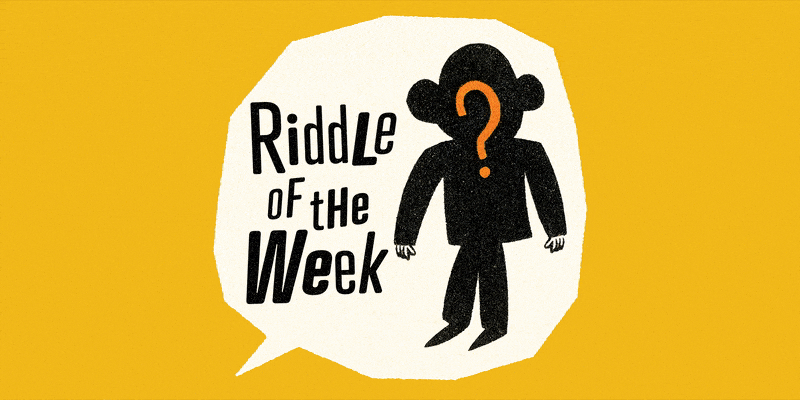
This is a solution to This Math Puzzle Stumped Every Top Scientist but One, part of our Riddle of the Week series.
This Math Puzzle Stumped Every Top Scientist but One. Can You Solve It?
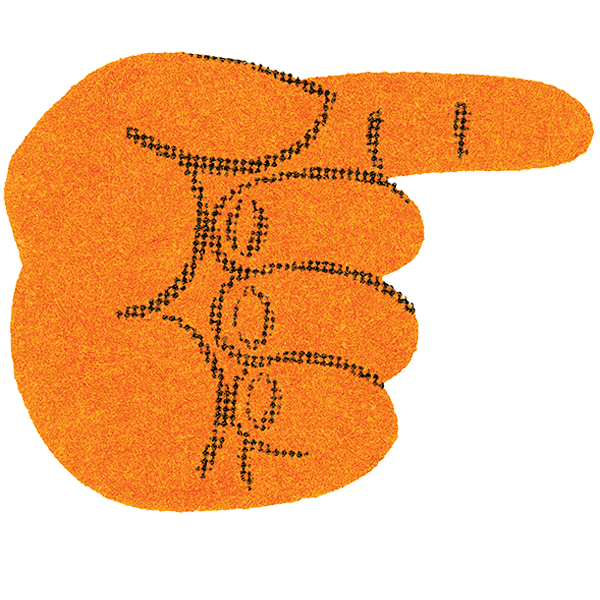
We know from Dyson that there are 18 digits in the solution. (We’ll come back later to the mystery of how he knew that in the first place.) Let’s represent each of these digits with the first 18 letters in the alphabet. So we are trying to find the integer abcdefghijklmnopqr such that if we move the r to the beginning of the integer, we gets its double:

Our goal is to find out which integer each letter represents. Now, remember: We’re looking for the smallest number for which this could work, which means we want a to be as small as possible.
We know a can’t be zero, or the solution would be 17 digits. So let’s suppose a is 1. This means r is at least 2 (it could be 3 if there was a 1 carried from the previous sum). Let’s try r=2 to see if it will work. To do this, replace all appearances of r with 2:
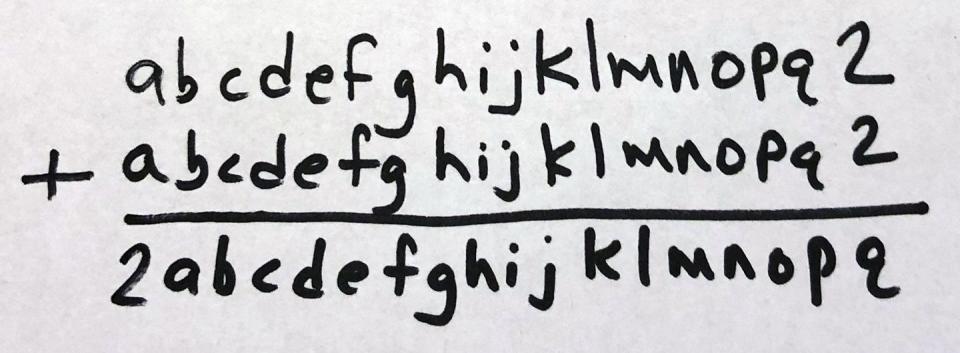
Now, using our elementary school math skills, we can see if r is 2, then q must be 4. There are three places where q shows up:

Now that we know that q is 4, it’s quite clear that p must be 8:
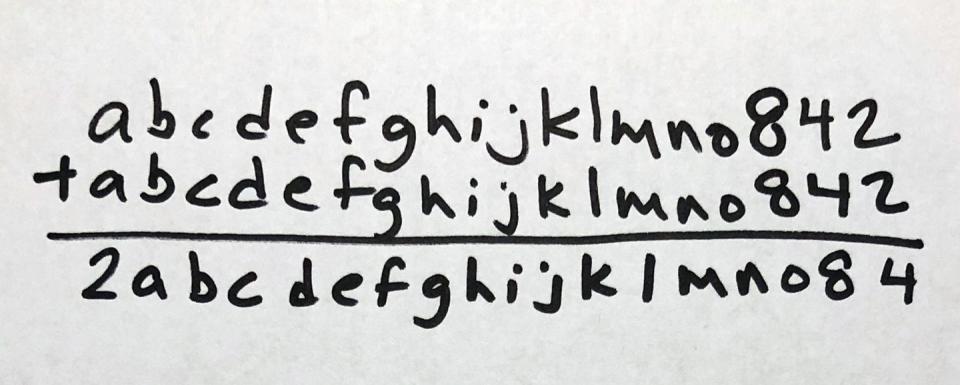
And o must be 6 (don’t forget to carry the 1):

We can continue inductively until we get to the big test at the end. Can we confirm that r=2?
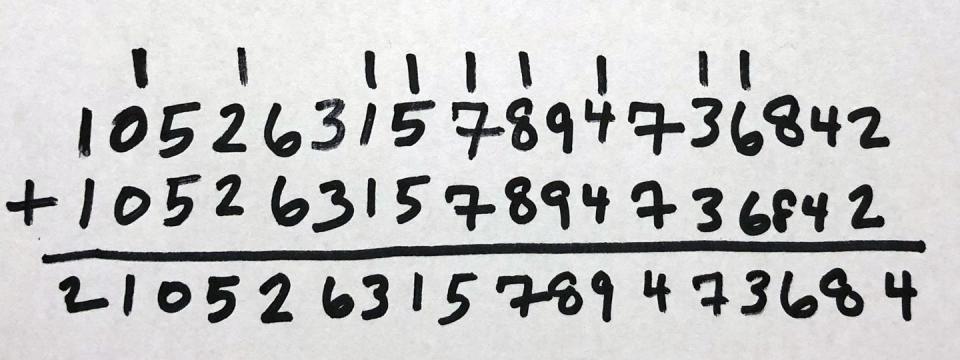
Yes! Eureka, we have the solution! It’s 105263157894736842.
There are actually an infinite set of numbers that satisfies the original condition. But this is the smallest one.
Now, how could Dyson possibly have known so quickly this number had 18 digits in it? It was sheer genius, sure, but sheer genius that was guided by his deep understanding of number theory.
The solution is an integer x such that 2x is equal to the same integer, but with its last digit moved to the front. Let’s call y the integer that consists of all the digits of x except for its last. Let’s call k it’s last digit, and, finally, let’s call the number of total digits, d.
With this notation, we are looking for the integer x = 10y + k such that 2x = 10^(d-1)*k + y. By substituting for x, we get:
20y + 2k = 10^(d-1)*k + y, which we can rewrite:
19y = (10^(d-1) - 2)*k
Since k clearly doesn’t divide 19, this equation tells us (10^(d-1) - 2) is divisible by 19. (Otherwise, y would be a fraction, not an integer.) It’s here that some basic number theory knowledge is needed to conclude 18 is the smallest d for which that will be true. Dyson was able to come to this conclusion in a shockingly short amount of time—even the prize-winning physicists and mathematicians with him were amazed by his speed.
But, speed aside, the principles needed to understand how he arrived at 18 digits are accessible even for non-mathematicians. For readers interested in dabbling in enough number theory to get there yourself, I’d recommend reading about modular arithmetic and Fermat’s Little Theorem in John Conway’s The Book of Numbers.
You Might Also Like

